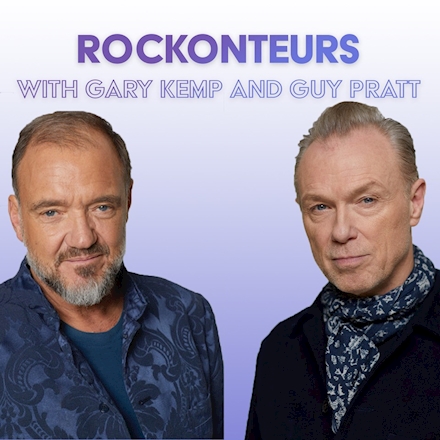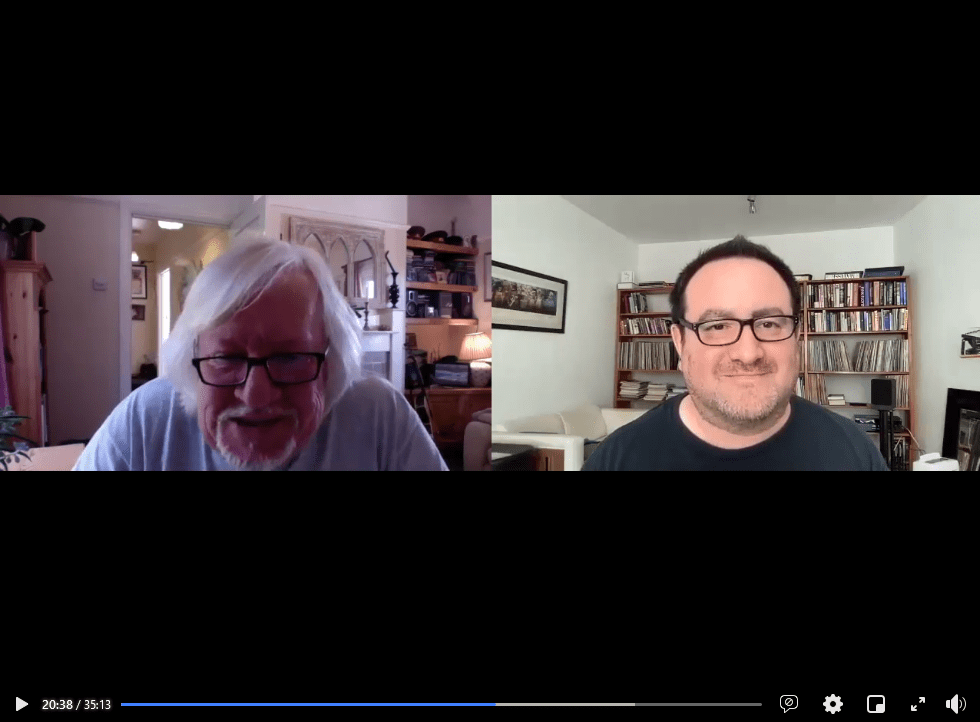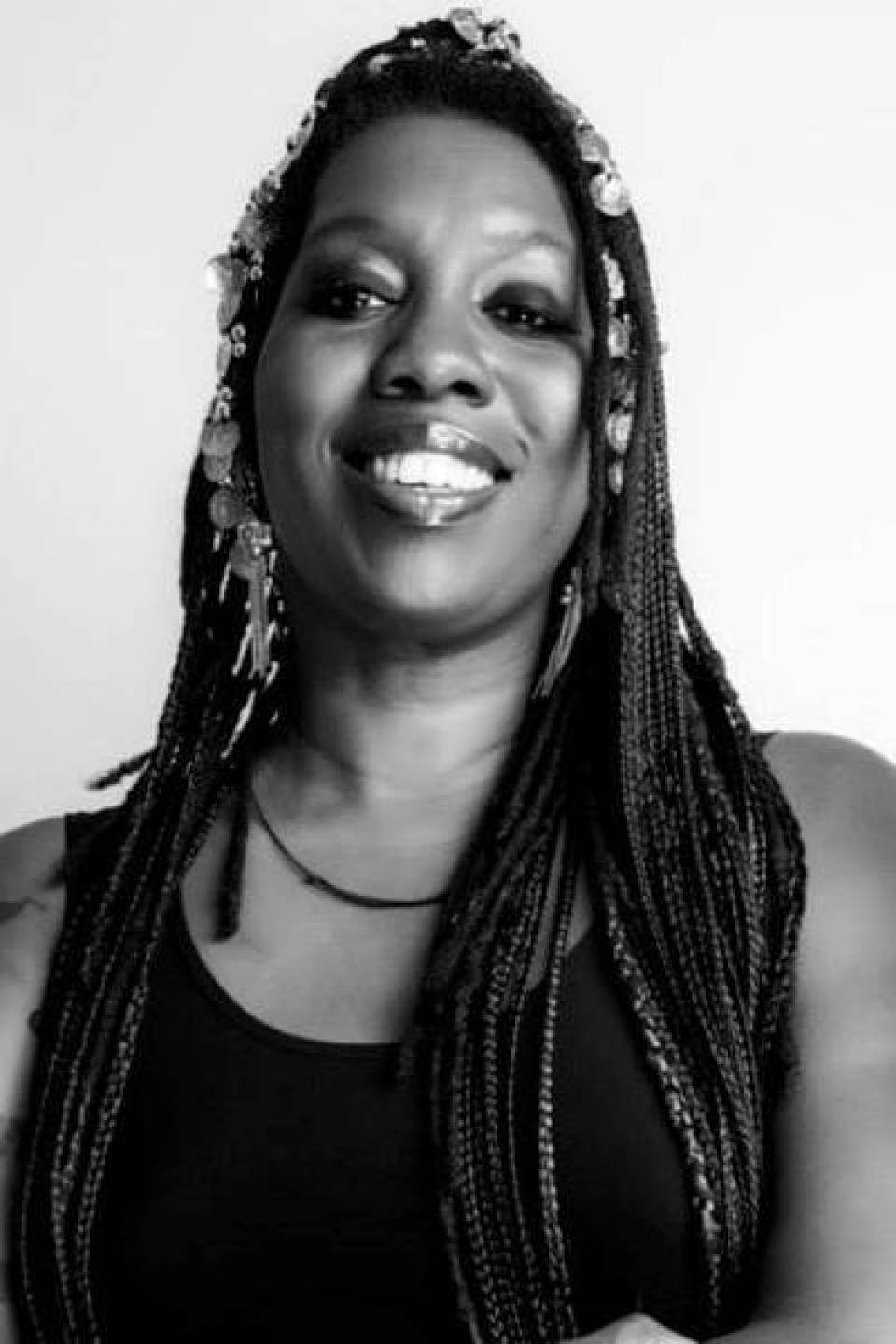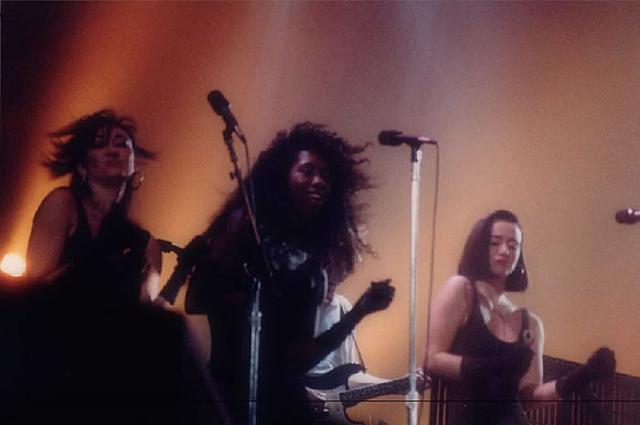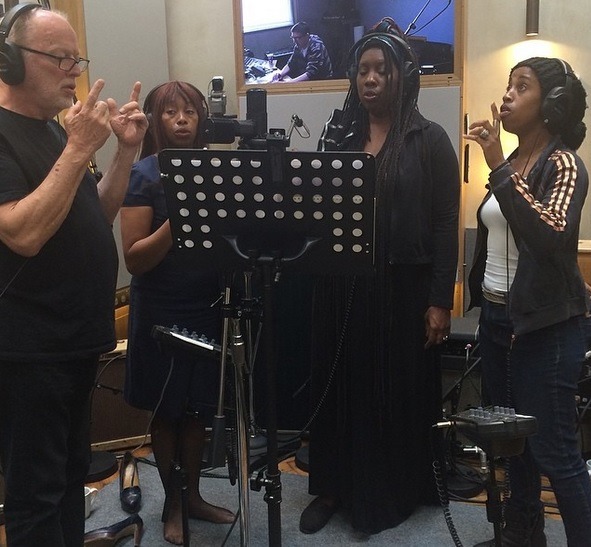Roger Waters will embark on what he’s cheekily teasing as his “first farewell tour,” officially dubbed This Is Not a Drill, next summer. He was supposed to launch the trek last year, but pandemic lockdowns sidelined his plans. The new run of dates will kick off in Pittsburgh on July 6th, 2022.
Tickets are on sale now via RogerWaters.com. Those who held onto tickets for the 2020 dates will get an email with further information about the new dates. Those tickets will be valid for the new dates.
“This Is Not A Drill is a groundbreaking new rock & roll/cinematic extravaganza, performed in the round,” Waters wrote in a statement. “It is a stunning indictment of the corporate dystopia in which we all struggle to survive, and a call to action to love, protect, and share our precious and precarious planet home.” The show includes a dozen great songs from Pink Floyd’s Golden Era alongside several new ones — words and music, same writer, same heart, same soul, same man. Could be his last hurrah. “Wow! My first farewell tour! Don’t miss it. Love, R.”
When Waters announced the tour last year, he promised an all-new production, following his Us + Them and the Wall tours, that would be presented in the round.
When he was originally planning it, he had timed it to run up to the 2020 election. “[The new tour] will be even more political than Us + Them was — political and humane,” “We were listening to songs and looking at setlists today. We were talking about, what should we call it? I shouldn’t be giving this away, but I don’t give a shit because it will probably all change, but imagine the iconic helicopter that normally comes before ‘Happiest Days’ and ‘Brick 2’ — that noise that we all know and love — and imagine a megaphone, somebody abused this device before, I know — but, ‘This is not a drill.’ I thought that could be a good title for the show: This Is Not a Drill. The ruling class is killing us.”
Roger Waters, This Is Not a Drill 2022 Tour Dates
July 6 – Pittsburgh, PA @ PPG Paints Arena
July 8 – Toronto, ON @ Scotiabank Arena
July 9 – Toronto, ON @ Scotiabank Arena
July 12 – Boston, MA @ TD Garden
July 15 – Montreal, QC @ Bell Centre
July 17 – Quebec, QC @ Videotron Centre
July 20 – Albany, NY @ Times Union Center
July 23 – Detroit, MI @ Little Caesars Arena
July 26 – Chicago, IL @ United Center
July 28 – Milwaukee, WI @ Fiserv Forum
July 30 – Minneapolis, MN @ Target Center
August 2 – Cincinnati, OH @ Heritage Bank Center
August 5 – Philadelphia, PA @ Wells Fargo Center
August 6 – Philadelphia, PA @ Wells Fargo Center
August 16 – Washington, D.C. @ Capital One Arena
August 18 – Raleigh, NC @ PNC Arena
August 20 – Atlanta, GA @ State Farm Arena
August 23 – Miami, FL @ AmericanAirlines Arena
August 25 – Orlando, FL @ Amway Center
August 27 – Nashville, TN @ Bridgestone Arena
August 30 – New York, NY @ Madison Square Garden
August 31 – New York, NY @ Madison Square Garden
September 3 – Kansas City, MO @ T-Mobile Center
September 6 – Denver, CO @ Ball Arena
September 8 – Salt Lake City, UT @ Vivint Arena
September 10 – Portland, OR @ Moda Center
September 13 – Edmonton, AB @ Rogers Place
September 15 – Vancouver, BC @ Rogers Arena
September 17 – Tacoma, WA @ Tacoma Dome
September 20 – Sacramento, CA @ Golden 1 Center
September 23 – San Francisco, CA @ Chase Center
September 24 – San Francisco, CA @ Chase Center
September 27 – Los Angeles, CA @ Staples Center
September 28 – Los Angeles, CA @ Staples Center
October 1 – Las Vegas, NV @ T-Mobile Arena
October 8 – Dallas, TX @ American Airlines Center

